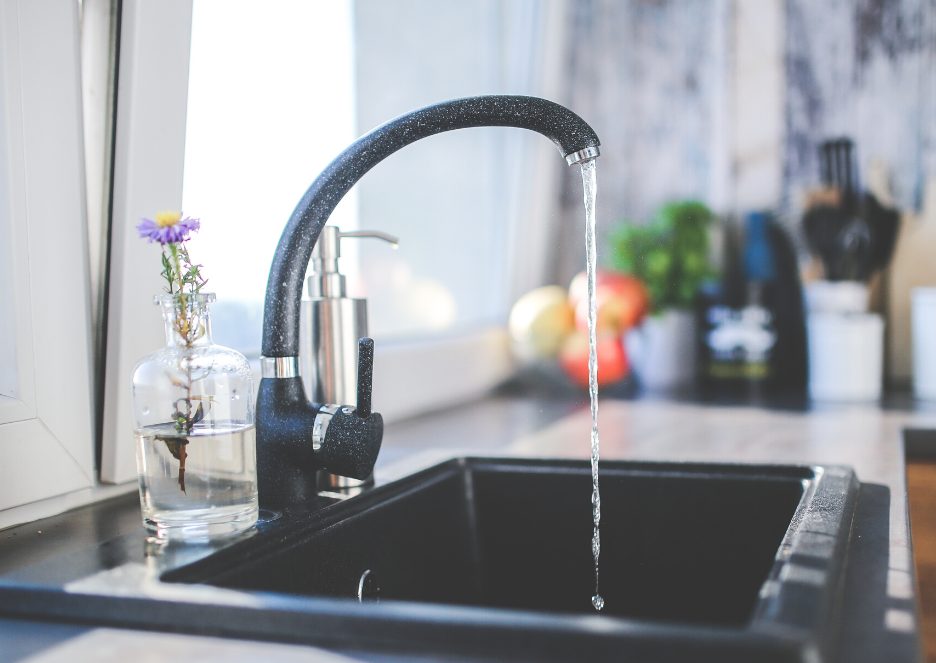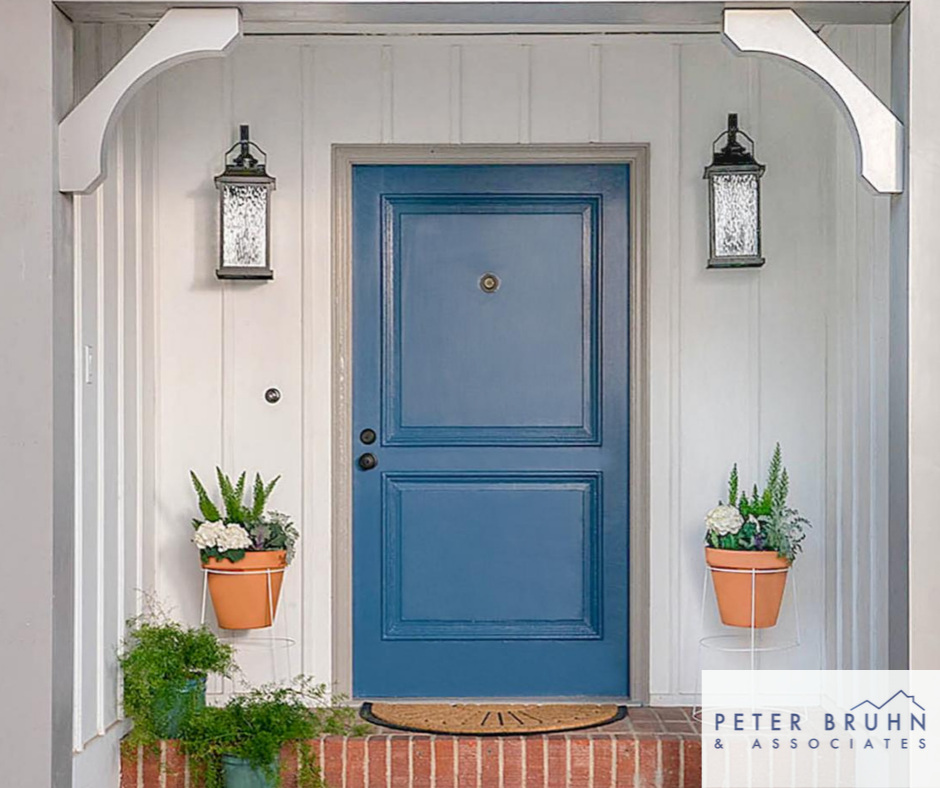How a $10 pipe can cost thousands in water damage to your home
What is a flexi hose and how do I make sure it does not cause damage in my property?
The flexi hose is a plumbing connection from the water main to major appliances, sinks and toilets, and has come into the spotlight as one of the top reasons a home is flooded — from water leakages and ruptures, to major water bursts.
While flexi hoses remain the preferred installation in homes around the world, it’s worth considering a few key things to keep your home flood zone free:
Flexi hoses have a limited lifespan and should be replaced every every five years.
When purchasing products with flexi-hose, be sure to check out the warranty period
Having new flexi hoses installed by a licenced plumber is more likely to safeguard your home from leakages, ruptures and leaks.
It’s also worth considering having your current flexi hoses checked by a licenced plumber to ensure the integrity of the product, their approximate age and when they should be replaced.
Schedule regular self-maintenance checks of all flexi hoses and if one is compromised, consider them all requiring replacement.
Turn off the water main when you’re going away, even if for a weekend — and show everyone in your home where the water main is and how to turn it off in case of an emergency.
One of the most common causes of internal flooding in homes is from a burst flexible water hose, or ‘flexi hose’, an increasingly common plumbing items in both Australia and around the world. It’s highly likely you have flexi hoses installed in your home.
So just how preventable are flexi hose water leakages, ruptures and bursts?
Flexible water hoses, or ‘flexi hoses’, are a versatile hose commonly installed in modern homes and to replace standard copper pipe installations in older homes.
Found in connections from the wall outlet to taps, sinks, basins and tubs, flexi hoses are also used to connect water from the toilet stop tap to the cistern.
Constructed in outer braided layers of stainless steel with a rubber pipe interior, the flexi hose — as its name suggests — is designed for its malleability and can be shaped to meet a range of home plumbing hardware solutions.
n general, there are many reasons why a burst may occur — the main culprits tend to be:
The age of the water hose – most hoses have a life span of five years
Incorrect installation – over tightening, over stretching, and looseness can cause the pipe to fail
Incremental damage through limited or no maintenance – rusting, fraying and kinking can cause the pipe to bust.
Up to 1,500 litres of water per hour can flood into your home from a burst hose. And with the continued trend toward open-plan living, more open space lends easily to more areas affected by flooding.
While flexi hoses tend to be the preferred option for many installations, there is a general consensus amongst plumbing professionals that they are also a leading cause of house flooding, with spoiled carpets, warping of wooden floors and water-damaged ceilings on multi-floor homes too often the result.
The main reasons behind the widely agreed consensus that flexi hoses are a major cause of flooding in homes is due to four key factors: Questionable products on the market, incorrect installation, a lack of simple maintenance checks and the overall age of the flexi hose — and with that, there is also good news, water damage to your home from a burst flexi hose is largely preventable.
What follows is a range of causes that can compromise the integrity of the flexi hoses in your home, followed by ways you are more likely to prevent them.
The most important thing is prevention
Paramount to preventing flooding in your home is to have a licenced plumber install all flexible water hoses, or check those already installed to professionally confirm the integrity of the product.
It’s also a good idea to show everyone in your home where the main water valve is located so they can stop the water in case of an emergency.
The DIY factor is at the heart of our culture and has intensified with the rise of television shows all about ways to ‘do it yourself’.
However, the installation of flexi hoses requires specialised knowledge that a licenced plumber is best to provide — and while the initial financial outlay may be more than the perceived savings from a DIY installation, you’re more likely to save in the long run.
For example, as with most products, flexi hoses vary in quality and your home can be compromised by the choice of water hose you buy. More expensive does not immediately lend to better quality and a licenced plumber will more likely know which type and brand of water hose is right for your home.
Flexi hoses also vary in length and choosing the wrong size can make the hose too taut, putting the hose under stress by being stretched, or too loose, allowing the hose to become kinked or twisted.
Flexi hoses also vary in length and choosing the wrong size can make the hose too taut, putting the hose under stress by being stretched, or too loose, allowing the hose to become kinked or twisted. Either way, installing the incorrect length of flexi hose will cause it to fray and unravel over time, leading to a major leak.
Flexi hoses are also easy to over-tighten, with excessive force applied to the end fittings of a flexi hose in order to obtain a watertight seal. However, such force can cause a fracture in the rubber seal connection, which, over time, is likely to cause a major rupture.
While flexi hoses are generally seen as robust products, if they are put under great strain due to being damaged at the time of installation, the likelihood of structural breakdown is high.
It’s worth considering a licenced plumber to install any and all flexi hoses around your home — and if you’re in any doubt of the flexi hose systems already installed, consider having a plumber come to your home for an inspection. The team at Peter Bruhn & Associates can help with this.
Maintenance
Effective maintenance begins with regularly checking the flexi hoses throughout your home so that you are aware of even the smallest inconsistency in the braided hose. A small leak that can be easily repaired may also be an indicator that the time for whole-house replacement of water hoses is approaching. The team at Peter Bruhn & Associates have begun checking flexi hoses at inspections in order to assist Tenants and Landlords with proactive maintenance. Prevention is better than cure where possible.
The home occupier should:
Regularly check the flexi hose connections by feeling along the outside braided casing with their hands, checking for cracks or tears.
Check around the appliances, inside bathroom vanities, under sinks and around toilet cisterns for any signs of water leakage.
Check all flexi hose connectors remain tight and intact.
If there are any signs of leakage, any connectors are loosening or you have any doubt about the integrity of any water hose in your home, contact the team at Peter Bruhn & Associates for assistance.c
How long do flexi hoses last?
If correctly installed and properly maintained, flexi hoses still have a limited lifespan and should be replaced every five years.
If you moved into your home more than five years ago or are planning on moving into a new home, it’s worth having the flexi hoses assessed by a licenced plumber.
Consider purchasing pipes that come with extended warranties. Many of the flexi-hoses that are included with items such as shower heads, have minimal warranty periods.
So what happens if you’re not home?
The worst time for water damage to occur is when you’re away on holiday and no one is there to switch off the main water valve.
So when you are leaving your home for a holiday — be it for a mini break or epic journey — it’s worth considering turning off the main water valve while you’re away. Recommendations from Angie’s List, a key home maintenance site, say that if you’ve never turned the main off before, have a test run: Turn on a tap, then shut off the main water valve. All of the water should stop.
If you require the main water valve to stay on (e.g. for automatic sprinklers or a neighbor watering your plants), consider turning off the valves to the most common sources of water damage: the dishwasher, washing machine, ice maker, sinks and toilets, and keep on only the water sources required.
It is also worth noting the importance of clearing your gutters of debris regularly — and particularly before you go on holiday — to ensure rainwater stays outside. Leaves, palm fronds and other debris can be a cause for major flooding during a storm, with rainwater unable to enter downpipes.
What’s more, if the exit to your downpipes are close to your home, consider attaching gutter extensions, which channel rainwater further away from your home and helps to prevent internal flooding.
Please don’t forget to let your neighbours, Agent or Property Manager know if you are going away so we can assist you with any preparation and drive by the property for you. It is better to be safe than sorry.
Source from: https://www.budgetdirect.com.au/blog/how-a-10-pipe-can-cause-thousands-of-dollars-of-water-damage-to-your-home.html



